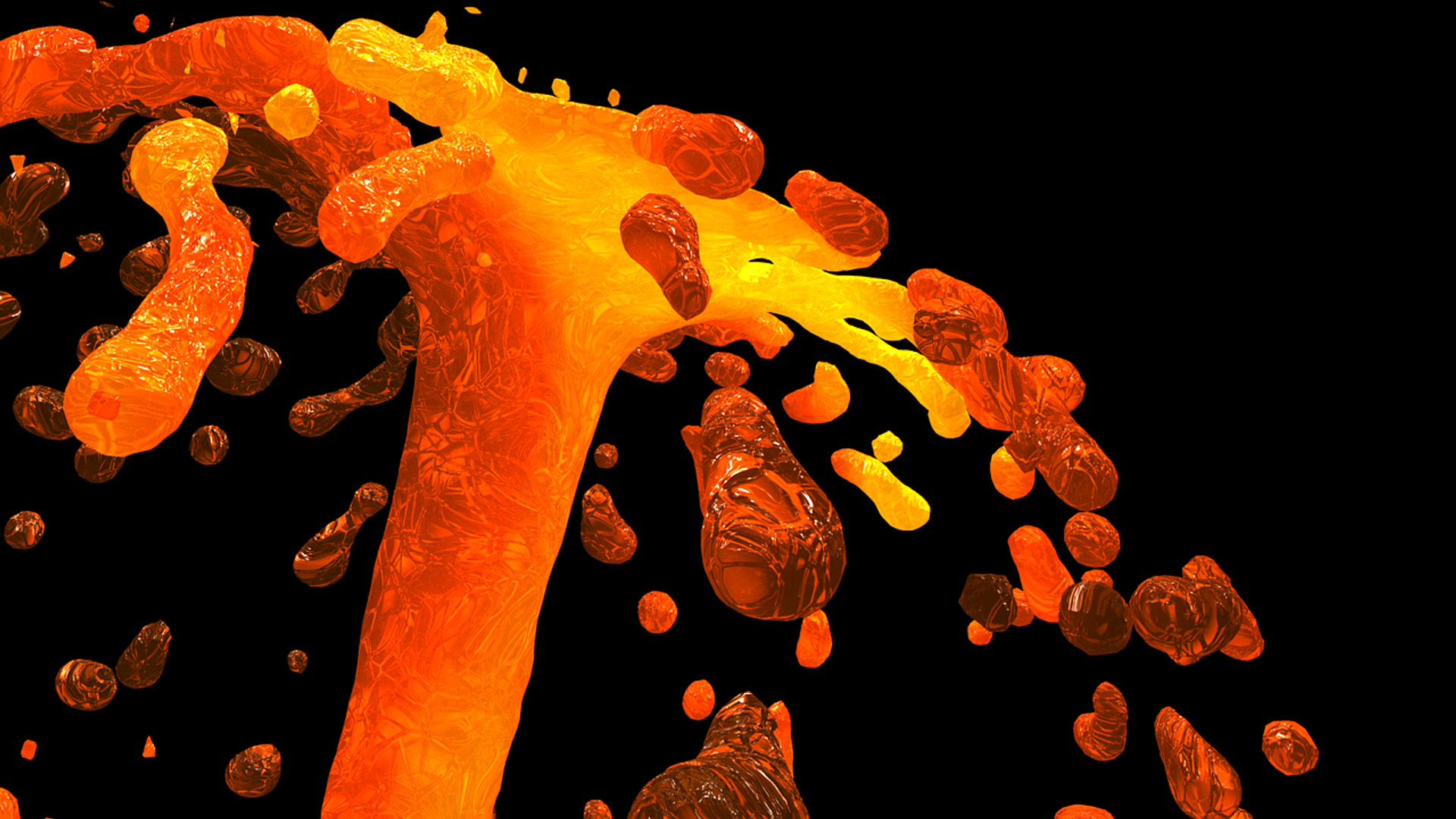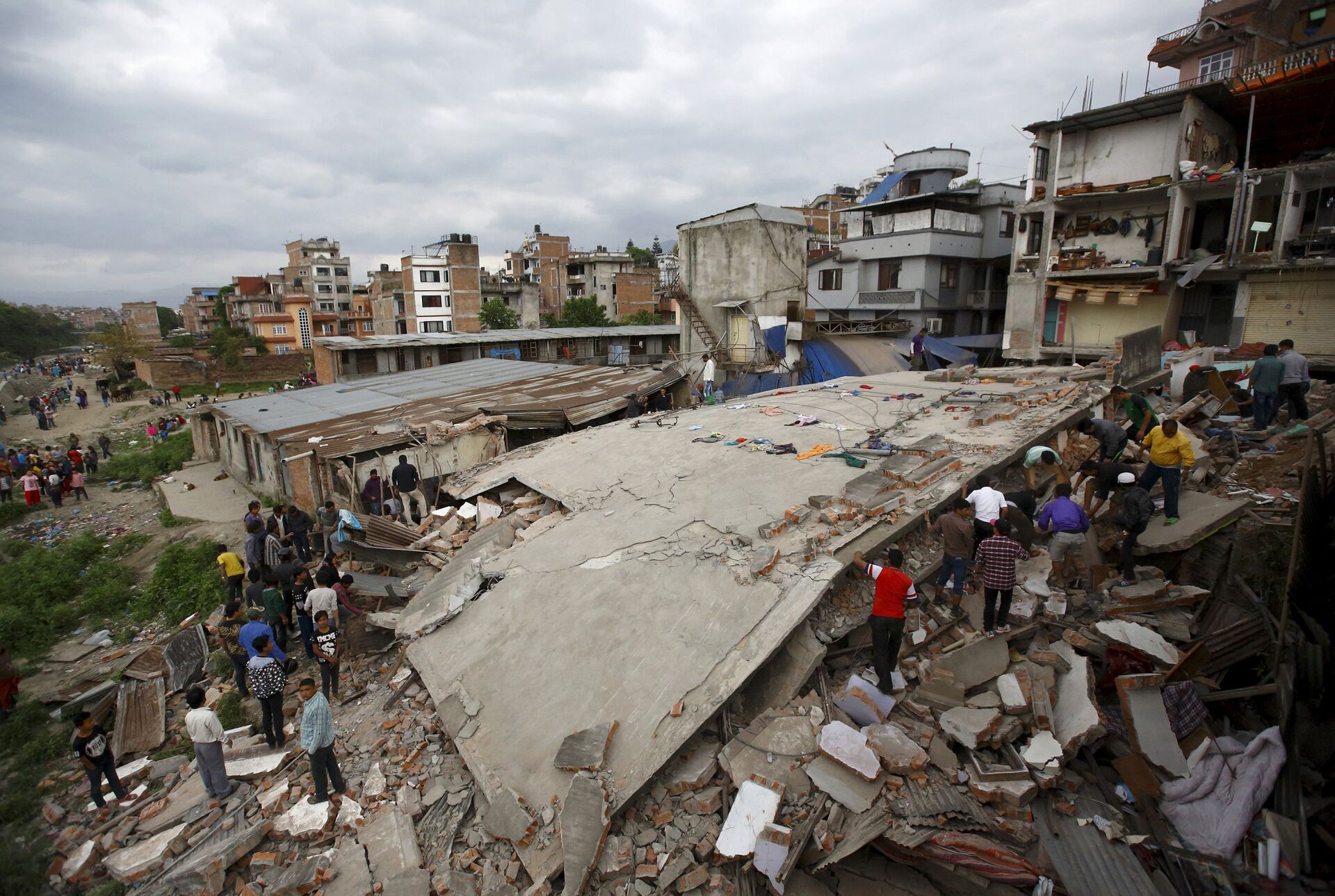Geologists have revealed the results of a recent study that suggests flows in the softer layer under tectonic plates are stronger and faster than originally believed.
A team of scientists from the University of Houston are now questioning the long-supported theory that a softer, hot layer, called asthenosphere, hidden underneath tectonic plates that are set into motion under the weight of their sinking portions, serves as a passive lubricant.
If corroborated, the findings show that the layer in question actually flows vigorously, its movement also fast enough to drive plate motions.
New look at the Asthenosphere's role in plate movement- #platetectonics #geographyteacher https://t.co/xrqHdSVxLl
— Paul Ganderton (@ecogeog) March 14, 2021
While conducting the research, details of which were published in Nature Communications, the team from the UH College of Natural Sciences and Mathematics considered minute changes in satellite-detected gravitational pull within the Caribbean, as well as scrutinising mantle tomography images of the asthenosphere under the Caribbean.
Seismic tomography (imaging fast & slow regions in Earth) has advanced in the last 100 years with dense seismic networks. Over time, the tomography has become sharper- we can image plumes, subducted slabs, & other heterogeneities down to the core-mantle boundary!#AGU100 @theAGU pic.twitter.com/51IZywCyzQ
— SEDI-AGU (@SEDI_AGU) February 9, 2019
What they discovered was a hot "river of rocks" being squeezed from the Pacific Ocean through a ‘gateway’. This underground flow stretched under Central America to reach the middle of the Caribbean Sea.
The "river of rocks" dates eight million years back, when the Central American gateway - a body of water that once separated North America from South America - opened, uplifting the seafloor over it by several hundred feet. In the process, the flow was tilted to the northeast toward the Lesser Antilles.
"Without the extra support generated by this flow in the asthenosphere, portions of Central America would still be below sea level. The Atlantic and the Pacific Oceans would be connected without a need for the Panama Canal," study co-author Lorenzo Colli, assistant professor of geophysics, geodynamics and mantle structure in the Department of Earth and Atmospheric Sciences, was quoted as saying by Phys.org.
Furthermore, the asthenosphere is revealed to be moving six inches annually - three times faster than an average plate. The movement can be perceived as independent from the overlying plates, dragging the latter in a different direction.
#PAGShareit | Tectonic Plates “Lithospheric Plates”
— PAGS-SEGSC Official (@pags_segsc) January 12, 2021
Tectonic plates are made up of the crust, such as continental crust, oceanic crust, or both, and the lithospheric (rigid) part of the underlying mantle. They rest above a weaker layer known as the asthenosphere. pic.twitter.com/KYo6yWAowX
"Think of the plates moving like an air hockey puck and being lubricated from below. Instead, what we found is the air hockey table is imposing its own currents on the puck that's moving around, creating a bottom-up movement that has not been well recognised, and that's being quantified here, “ said Jonny Wu, study co-author and assistant professor of structural geology, tectonics and mantle structure.
He hailed the results of the research, emphasising that the findings challenge the “top-down notion that subduction is always the driver."
As for the overall implications of the research, it is acknowledged as invaluable in further understanding the shape of the Earth's surface, its evolution over time through a pattern of emerging shallows seas, low-lying land bridges and moving tectonic plates that trigger earthquakes





